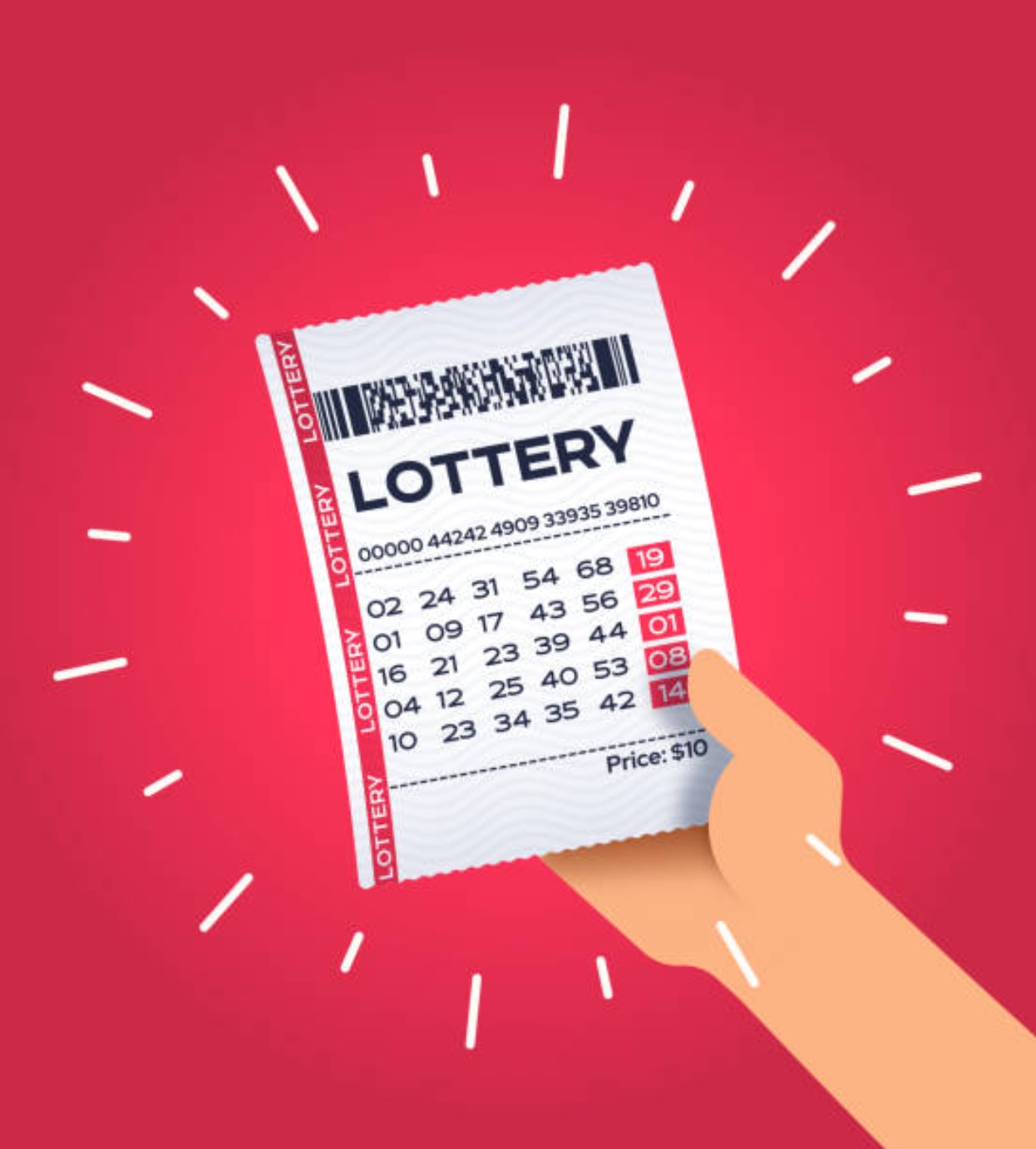When given the choice between two sums of money, a lump sum or an annuity paid out over the course of a specific-interval timeframe in the future, there is a choice to make.
Do you take the money now all in one lump sum payment or do you take the annuity, typically paid out once annually over 20-30 years?
The lump sum or annuity question is predicated on the fact that the lump sum gives you a decent chunk of money right now, whereas the annuity will give you more in the long-run but with time eroding the value of what it’ll amount to eventually.
By taking the annuity, you are essentially paying a premium for the right to having that extra amount of money paid out to after a certain amount of time passes.
Or else you can forfeit a percentage of the total amount available to simply obtain a large one-time slice of it right now.
Winning the lottery is the most publicized example of the debate over whether to take a lump sum or an annual payment. It’s also a common question in retirement pension plans.
The decision is also made in many cases based on what stage of life the winner(s) might be.
For many lottery winners who are past mid-age, they will often simply prefer to take the lump sum right away.
They might reason that there is no guarantee that they’ll be able to enjoy the additional funds if they’re not around, or at least in good health, to enjoy those earnings.
On the same token, even if you win the lottery at age 25, there still might be a logical reason to take the lump sum payout even despite the probable likelihood of receiving all 25 or 30 annuity payments.
Money has a time value, and if the lump sum can be invested with an expected return beyond a certain rate, then taking the lump sum could be a perfectly rational decision.
Making the Lump Sum vs. Annuity Decision
The lump sum that one could possibly receive is based on a few factors. One is obviously the amount that was won or earned in the first place.
Then there is the percentage that is automatically deducted by the lottery distributor, state tax rates (if applicable), and national tax rates.
Depending on where you live in the United States, it would come out to about 40%-46% of the reported jackpot size. For the annuity route, you would eventually receive around 66%-75% of the jackpot.
The determining factor almost strictly boils down to how much of a return you can expect the lump sum to generate if invested.
To assess this, I designed an Excel spreadsheet based on a present value calculation. In order to obtain present value we need to know five things:
- Interest rate, or theoretical rate or return on investments
- The number of payment periods for the annuity (e.g, 25 for Mega Millions, 30 for the Powerball)
- Average annuity payment
- Future value
- Whether we are at the beginning of the payment period or at the end
Excel has a convenient present value function built in (i.e., =PV), so that is the simple way of handling matters in spreadsheet format.
The variable where we need to direct our attention is factor 1.
It ultimately boils down to the rate of interest you can expect to obtain from investing the lump sum. Everything else is merely filler for a precise present value calculation.
If you can obtain X% interest on the lump sum investment (whether through bank interest or putting the money into the financial markets in some form), you will need a certain lump sum amount to forgo taking the annuity payment, which promises you more money over time.
Let’s say you won a jackpot worth an estimated $100 million.
The annuity schedule involves one payment per year for thirty years. Or, of course, you can simply take a lump sum of 40%-46% percent of that after taxes depending on where you live.
For the sake of argument, let’s assume you live in California (a tax-free state when it comes to lottery winnings) and will earn approximately $45,750,000 after taxes are considered.
And assume there is no individual bias with respect to either option. In other words, you are completely open to either and simply wish to take whatever option will earn you more in the long term.
Accordingly, let’s go through various return on investment rates and determine what lump sum we would need to logically accept in order to pass up the annuity option.
3.00% Interest
At the moment, in the US, if you invest in bonds, you can expect about a 3.00% return on investment. So at such a low rate of return you could invest it all into US Treasury Bonds.
This is safe and conservative, as it exposes you to minimal market risk. The only risk you have is if the US goes into default over the course of the bond. Considering that the US has the world’s top reserve currency and can always pay its bills in nominal terms, that is extremely unlikely.
At 3% interest, a lump sum would need to approximate $67.3 million to rationalize forgoing the annuity option.
This is 67.3% of the jackpot and is obviously impossible, as the highest you’ll be able to achieve is about 45.75% of the overall jackpot if you live in a tax-free jurisdiction.
In this case, for the super-conservative investor, taking the annual annuity is clearly the most logical option, as you would be leaving over $21 million on the table.
4.00% Interest
Four-percent interest could be achieved by taking on a slightly higher-risk bond, or low-risk stocks.
We would need to earn a $59.9 million lump sum to defend taking the money in one payment. At a 4% expected rate of return, you would be forfeiting over $14 million.
5.00% Interest
At 5% interest, this is mainly a mixture of stocks and bonds.
A blend of blue-chip stocks and Treasury Bills will normally net a 5% annual rate of return. At 5%, we would need a lump sum of $53.8 million, which is unobtainable and would surrender an extra $8 million.
6.00% Interest
Over the course of several years, earning 6% per year should be feasible under the right investment guidance.
(If you are not an inexperienced investor, it is only natural to seek out advice from a financial professional with a strong track record.)
This portfolio would take on pretty moderate risk, being a general mix of bonds, stocks, and maybe options.
At this point, the discrepancy between the lump sum and annuity option becomes smaller. At this point, a $48.6 million lump sum would be needed, meaning you would only be forgoing just under $3 million by taking the lump sum.
7.00% Interest
At 7% interest, you are basically at the sweet spot when it comes to making the lump sum versus annuity decision.
With that expected rate of return, accepting a lump sum of $44.3 million or better would be worthwhile. In a tax-free state, you would expect to earn $1.5 million more by taking the lump sum.
The trade-off is that at 7% interest, a moderate-to-slightly aggressive portfolio strategy would need to be undertaken.
“Safe” bonds like Treasury Bills wouldn’t be able to get you there, but a mix of pure growth and dividend growth stocks would possibly get you there, in addition to a few higher risk/higher reward instruments, such as mREITS.
Writing options could also be a good strategy in order to collect premium on stocks of interest, though you’ll have limited upside.
8.00% Interest
If you could expect to earn an 8% rate of return, then any lump sum would need to total $40.5 million or higher.
In low-tax or tax-free states, it would clearly be the best decision to take the lump sum. However, in states with 8%+ tax rates (like Maryland), it would be right around an either-or proposition.
Anything beyond an expected 8% rate of return (i.e., a pretty aggressive investment strategy) would favor the lump sum payout.
Don’t Overemphasize the Headline Jackpot Value
Lotteries have also taken steps to juice the headline value of a jackpot:
- Decreased the odds of winning
- Going to 30-year annuities instead of 20-year annuities
- Effect of interest rates (higher interest rates increase the jackpot relative to the cash value of the payout)
Lotteries tend to get the biggest bump when the headline value goes over a billion dollars.
Conclusion
The decision of whether to take a lump sum payout or an annuity largely depends on the main consideration of how much of a rate of return you could obtain on the lump sum offering.
For something like lottery winnings, more of a moderate-to-moderate/aggressive investing strategy would be needed to justify accepting a lump sum over an annual annuity plan.
That is, of course, if no other biases factor in, such as age or potential health status considerations. Some may also feel that the proposed lump sum will last them a lifetime and passing up the extra money is no matter of concern if it will only marginally add to the quality of their life.
Naturally, the lump sum payout is the option taken about 98% of the time for lottery winners.
It provides instant gratification, can allow them to buy everything they need to improve their lives immediately, and should theoretically last them the rest of their lives assuming strong money management.
But from a purely rational perspective, the annuity option will provide more earnings over time unless that individual is able and willing to undertake a moderate to moderately aggressive investment strategy that would be able to offer a rate of return of anywhere from 6.7%-8.1% depending on the state of residence.


